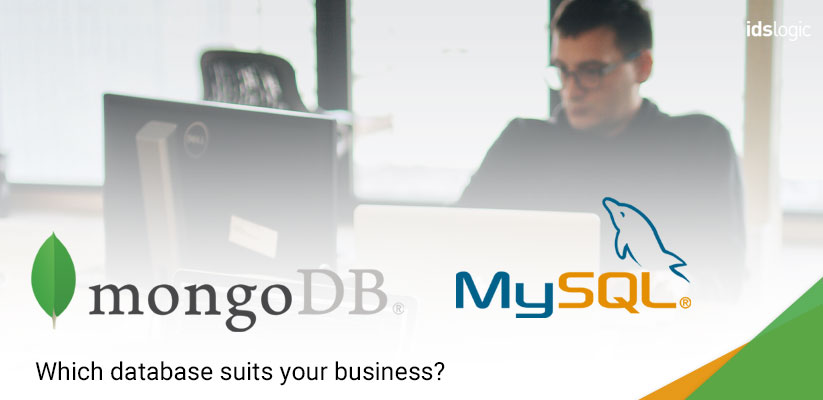
Which Database Suits Your Business? MySQL or Mongo DB
Building a database is not an easy task as you have to go through a comparative study of databases and understand the differences based on the parameters like schema flexibility, performance, relationships, security and etc. Based on the requirements of your organization, you also have to carefully choose a perfect database model for best results.
Here in this blog, I have compared two database management systems that will help you have a better concept about their applications.
What is MySQL?
MySQL is an open source RDBMS that has gained high popularity over the years. It was developed by MySQL AB and now it is owned by the Oracle Corporation. Based on the requirements, the users can pre-define the database schema and also establish the rules. It stores the data in tables that are grouped into a database and uses the SQL to access data.
What is MongoDB?
This is one of the most popular document oriented database under the NoSQL database. It was first released in the year 2019 and is developed and maintained by MongoDB Inc. Here the documents are saved in their own unique structure and the new fields can also be added anytime and contain any type of value.
A Comparison Based on the:
1- Database Structure:
The MySQL database stores the data values in tables and uses schema for defining the database structure. The schemas need that the rows inside the table too have the same structure with the values represented by specific data types.
In MongoDB, the data is stored in the JSON like documents that come with various structures. For better query speed, the related data sets are stored together that are then accessed with the help of MongoDB development query language. This database is schema free, which means that it allows mobile app developers to create documents without any need to define the structures.
2- Clustering or Replication:
MySQL database offers support to the master – master relocation and master- slave replication. This multi-source replication allows the users to replicate from the multiple masters in parallel.
On the other hand, MongoDB supports a built in replication, sharding and auto elections. By using auto elections, you can set the secondary database to automatically take over in case the primary database fails. Sharding allows horizontal scaling and this is very difficult to implement in MySQL.
3- Productivity of the Developer:
While talking about the performance of the developer, the point goes to MongoDB. Creating application by using MySQL is slower as it makes use of a rigid table like structure model. But working with MongoDB is flexible and it accelerates the development cycle by about 4 to 5 times.
The documents maps naturally to the object oriented programing language that makes it easy for the developers to visualize how the app data is mapped to the data in the database.
Also Read: SQL Server Database Design Best Practices and Tips: A Guide
4- Speed:
With MySQL database the data is spread across tables, which means multiple tables have to be accessed to read or write the data. This often reduces the speed to a great extent. But with Mongo DB solutions, the data for an entity is stored in a single document and this makes the application to operate faster.
5- Atomic Transactions:
MySQL supports the atomic transactions, which means the user can have multiple operations inside one transaction. MongoDB supports for multi document transactions and this move has made it a powerful open source database in an unstructured space.